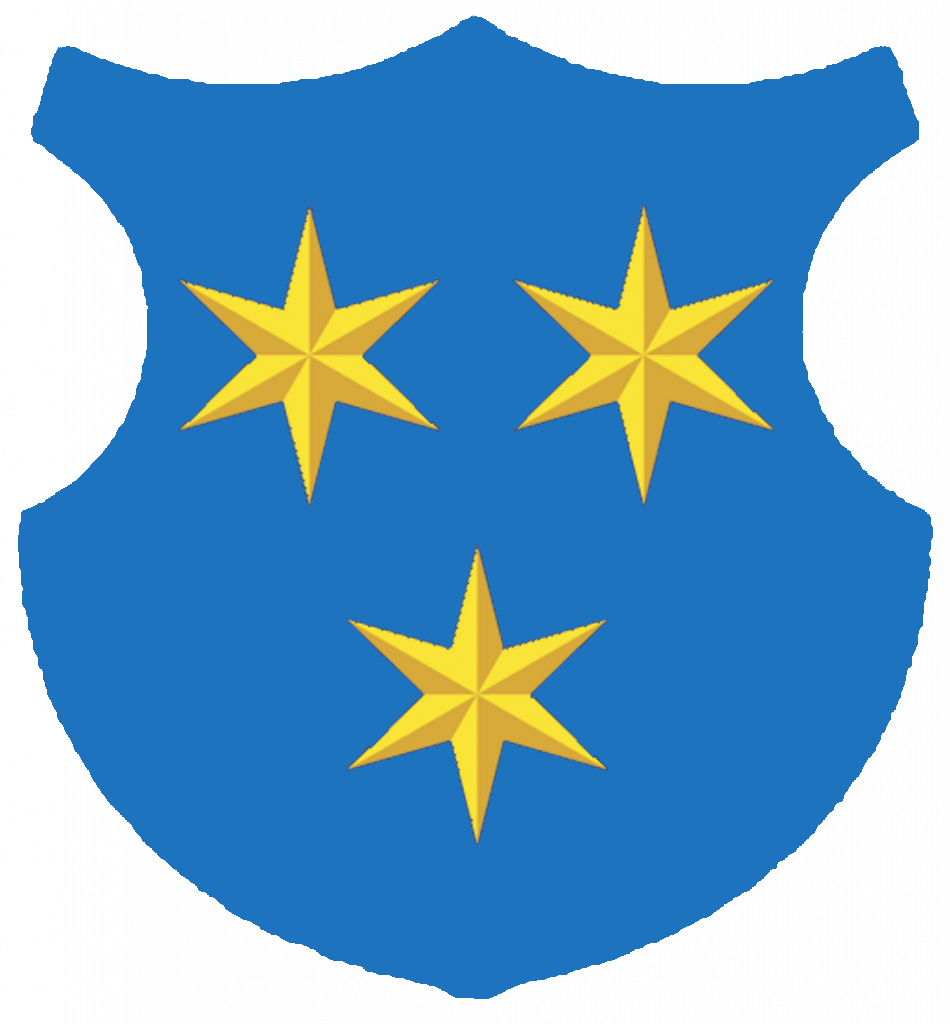| Author: | Article:
“So, then, If You’ve Got Money, Give It to Me, and Let’s Get This Slippery Union Over With” How Women in the Territory of Slovenia Entered into Public Life in the l9th Century |
 |
Blame It All on Buffalo Bill
On the History of Bohemian Life in Ljubljana before the First World War
In the years before the First World War a number of Slovenian artists (the painters Hinko Smrekar and Fran Tratnik, and the writer Vladimir Levstik) led a truly bohemian life in Ljubljana. They brazenly disregarded the conventional norms of middle class society and therefore often came into conflct with the authorities. On May 16, 1906, when the famous Buffalo Bill and his Wild West Show visited Ljubljana, the artists, accompanied by a student of the law, Vladimir Svetek, got blind drunk and were subsequently arrested by the Ljubljana police for excessive behaviour and gaoled for five days. In their appeal against this “excessively harsh sentence”, they laid the blame for their drunkeness and their behaviour on the general atmosphere that had enveloped Ljubljana in expectation of Cody’s Wild West Show, and at the same time, made fun of the municipal authorities.
“So, then, If You’ve Got Money, Give It to Me, and Let’s Get This Slippery Union Over With”
On the History of Illegal Prostitution in Ljubljana at the Turn of the Century
In the years before the First World War, the town of Ljubljana was struggling with the problem of prostitution. The problem was not taken care of until 1905, when the municipal council adopted regulations for controlling prostitution, by which the town’s authorities introduced routine police and medical inspections in whorehouses and of individual prostitution. Many examples from everyday life, however, demonstrate that these measures were not very successful. Illegal prostitution was, as a rule, widespread in all the more out-of-the-way parts of the town. In addition to the town’s Tivoli park and secluded and dark streets, the most popular whereabouts of Ljubljana’s streetwalkers were sheds, huts and haystacks. Some of them also carried out the oldest profession in apartments, inns and hotels. Naturally, prostitution was shadowed already in those days by pimps.
How Women in the Territory of Slovenia Entered into Public Life in the l9th Century
On the History of Women on the Territory of Slovenia from 1848 to 1900
Slovenian historical works hardly ever mention women, although in the l9th century women in Slovenia, as elsewhere in Europe, formed a much larger portion of the population than men, and although the Slovenian press and political leaders were much concerned with “women’s issues” in the second half of the l9th century. The author describes the gradual participation of women in public life, particularly after 1861, when women began to take part in the actitivities of national associations and became actively involved in national gatherings. The different attitudes to “women’s issues”, the education of women and their employment, which appeared in the Slovenian press, are presented in detail.
“To Bremen by Train and to New York by Ship”
Experiences of Emigrants on the Trip to America
Letters written by missionaries and emigrants, preserved mainly in print (in newspapers and magazines), are some of the most important sources of information which give us insight into the experiences of emigrants during the journey from their homeland to the new country of their abode – in this case, the USA. These letters are particularly numerous from the second half of the l9th century. The letters contain descriptive accounts from the period before the First World War of journeys made by land to the European ports of Bremen, Le Havre, Rotterdam and Liverpool, and then onwards, by sailing ships and steamers, across the Atlantic Ocean to New York.
Life as Written by the Dowry
The Role of Wedding Gifts in the Lives of the Carniolan and Slovene Styrian Nobility in the l4th Century
In his article, the author discusses the wedding gifts received by husbands and wives of the nobility (German: Mitgift, Morgengabe, Widerlage, Verbesserung). The article encompasses the land of Carniola as well as the part of Styria which is today a part of Slovenia, during the time from about 1280 to 1410. Provisions of the law, actual transactions involving wedding gifts, exceptions and rules, are discussed in detail. The author attempts to determine the rank and status of the nobility according to the value of the gifts received. The main historical sources are documents typical of the late Middle Ages.
The Freising Monuments as a Dialogue-Like Tegt
The research done on the network of relations between dialogues (the concept developed by M.M . Bahtin and the comments of P. de Man) shows us the Freising Monuments from a new perspective. The Freising Monument II, as an introductory speech to the Freising Monument III, contrasts with both Carinthian confessional formulae. The Freising M.onument II is the text of one who has been consecrated and as such, a typically “masculine” text with narrative characteristics, while the other two texts could be recited by anyone in order to purge themselves of their sins. The paper also takes account of findings from the field of the history of mentality.
